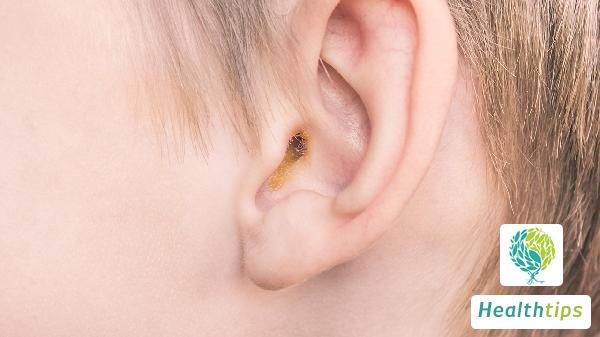"Is Bone and Joint Pain a Symptom of Rheumatism?"
Bone and Joint Pain Causes and Treatment

Bone and joint pain does not necessarily indicate rheumatism; it can also be caused by trauma, infection, degenerative changes, among others. Patients are advised to seek medical attention promptly, undergo relevant examinations for a definitive diagnosis, and receive targeted treatments as prescribed.
1. Trauma: If the patient has recently suffered from external impact or compression, it may result in local soft tissue injury, leading to bone and joint pain. In such cases, heat therapy can be applied initially to alleviate symptoms, or pain relief medications like Ibuprofen Sustained-Release Capsules or Celecoxib Capsules can be taken under a doctor's guidance.
2. Infection: Patients with immune system disorders, such as Rheumatoid Arthritis or Systemic Lupus Erythematosus, may be susceptible to bacterial or viral infections when their immune systems are compromised, triggering Osteoarthritis and subsequent bone and joint pain. In these instances, antibiotics like Amoxicillin Capsules or Cefixime Tablets can be prescribed for anti-infective treatment.
3. Degenerative Changes: As we age, various organs, including bone joints, undergo natural aging processes. Degenerative changes can impair local blood circulation, causing bone and joint pain. Acupuncture, massage, and other methods can be employed to improve circulation and alleviate discomfort.
4. Other Conditions: Ankylosing Spondylitis, due to inflammatory stimuli, can also present with the aforementioned symptoms. In such cases, Diclofenac Sodium Sustained-Release Tablets or Glucosamine Sulfate Capsules can be prescribed for treatment. If symptoms persist or worsen, prompt consultation with a rheumatologist and diagnostic tests like blood tests and X-rays are recommended.



















